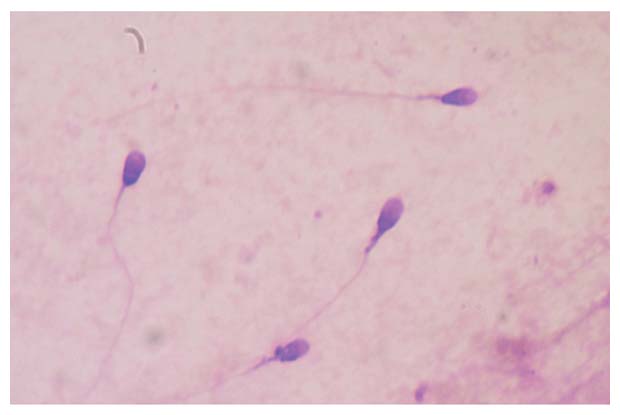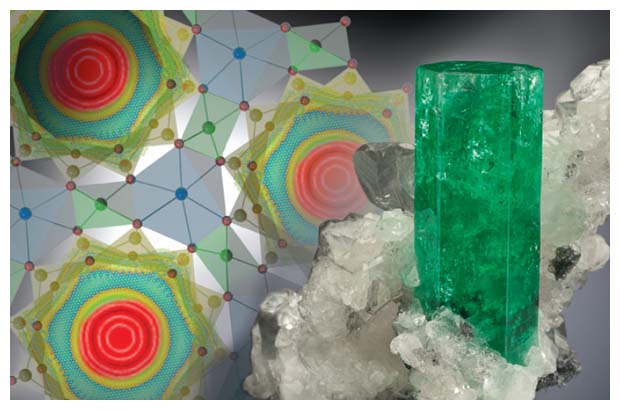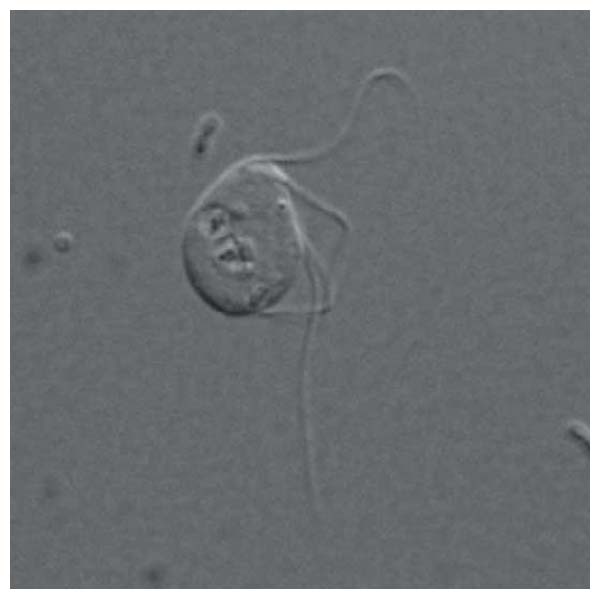
This Article From Issue
July-August 2016
Volume 104, Number 4
Page 205
DOI: 10.1511/2016.121.205
In this roundup, digital features editor Katie L. Burke summarizes notable recent developments in scientific research, selected from reports compiled in the free electronic newsletter Sigma Xi SmartBrief. Online: https://www.smartbrief.com/sigmaxi/index.jsp
New Primate Fossils in Asia
The unearthing in China of 10 primate fossils that date to a period of climatic cooling is helping paleontologists understand why humans arose in Africa rather than in Asia, where primates originated. At the end of the Eocene epoch, 34 million years ago, the world turned colder and drier, and many primate species became extinct or migrated southward. Studies of fossils dating to this period have established that anthropoids—the primate lineage that includes monkeys, apes, and hominids—rose to dominance in Africa after this climate shift. However, there has been a knowledge gap about how primates fared in Asia. Although anthropoids were diverse in Asia in the Eocene, they declined over the period of climatic change that marked its end. These new primate fossils indicate that a lemur-like lineage then became dominant in Asia.
Ni, X., Q. Li, L. Li, and K. C. Beard. Oligocene primates from China reveal divergence between African and Asian primate evolution. Science 352:673–677 (May 6)
Skin Cells Turned into Sperm

Researchers in Spain have induced human skin cells to become immature sperm in vitro, a technique that eventually could lead to new fertility treatments. To achieve the reprogramming, the team introduced two cell types in a cocktail of growth factors known to stimulate the expression of ?six genes related to germline differentiation. The cells, taken from men, then began expressing markers for these germline cells, and some divided by meiosis, resulting in immature sperm. These sperm were not viable, however—they would need to develop in vivo to become capable of fertilizing an egg. This study is an early step in developing a stem cell–based fertility treatment. Scientists in China recently were able to successfully birth mice from sperm reprogrammed from stem cells. But to do so in humans will require an extended process of scrutiny.
Medrano, J. V., et al. Human somatic cells subjected to genetic induction with six germ line–related factors display meiotic germ cell–like features. Scientific Reports 6: 24956 (April 26)
Computer Model of Planet Nine
In January, research on the movement of objects in the Kuiper Belt at the Solar System’s edge pointed to the existence of a ninth large planet beyond Neptune, and a new study has modeled the potential size, temperature, and brightness of the putative “Planet Nine.” Astronomers at the University of Bern in Switzerland tried out size estimates and possible orbits to see what best fit current data. They concluded that Planet Nine could have a mass 10 times greater than Earth’s and that its effective temperature should be about 47 kelvins. The researchers say that infrared telescopes might increase the low chances of detecting the planet, because their temperature estimate suggests that it does not solely rely on the Sun for warmth, but also derives heat from its core. Nevertheless, astronomer Mike Brown, who originally proposed the planet, is confident he will observe it and is applying for time with the Subaru telescope to do so. Planet Nine will not be an official planet until it is directly observed.
Linder, E. F., and C. Mordasini. Evolution and magnitudes of candidate Planet Nine. Astronomy and Astrophysics 589:A134 (April 25)
Water in New Quantum State

In a study that defies classical physics, water was observed in a quantum tunneling state unlike a liquid, solid, or gas, demonstrating how the substance can perform in ultraconfinement in rocks, soil, or cell walls. After confining water in nanoscale tubes of the mineral beryl, physicists at Oak Ridge National Laboratory observed the molecules in quantum motion: The oxygen and hydrogen atoms were delocalized, meaning they were simultaneously in six positions in the tubes. The observation of tunneling of water is unprecedented and will kindle discussions about its performance in confined geological, biological, or synthetic settings.
Kolesnikov, A. I., et al. Quantum tunneling of water in beryl: A new state of the water molecule. Physical Review Letters 116:167802 (April 22)
Eukaryote Without Mitochondria

A key difference between bacteria and archaea (also called prokaryotes) and all other organisms (called eukaryotes) is the presence in the latter of powerhouse organelles, or mitochondria. But a new study describes such cells without this defining trait, thought to be essential to their function. While sequencing the genome of a gut parasite in the genus Monocercomonoides to look for mitochondrial markers, a research team at the University of British Columbia turned up none. Other eukaryotes need mitochondria to convert food to energy and also to form vital iron-sulfur proteins. Most energy generation uses oxygen, but this anaerobic organism appears to produce ATP (a molecule for energy storage) in the cytoplasm in the same way that several related species and some prokaryotes do. The team thinks that an ancestor of the parasite procured systems to form the proteins through horizontal gene transfer, a direct deposit of genes from one organism to another. Some closely related species have few mitochondria, suggesting that this organism lost the organelle through evolution rather than being ancestral to all eukaryotes.
Karnkowska, A., et al. A eukaryote without a mitochondrial organelle. Current Biology doi:10.1016/j.cub.2016.03.053 (May 12)

American Scientist Comments and Discussion
To discuss our articles or comment on them, please share them and tag American Scientist on social media platforms. Here are links to our profiles on Twitter, Facebook, and LinkedIn.
If we re-share your post, we will moderate comments/discussion following our comments policy.